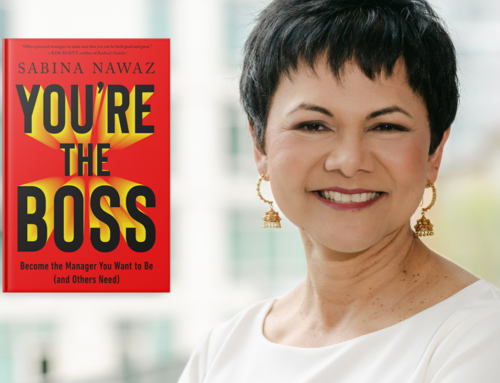I picked up Chris Anderson’s TED Talk guide to public speaking with huge anticipation. After all, Chris and TED have transformed public speaking in the last decade. Because of TED, the public speaking bar has moved substantially higher. The boring, bullet-pointed biz speech is dead in all but a few benighted places. Personal stories are the norm now, rather than the rare exception. And speeches have gotten shorter. More and more often, my experience – and the experience of many speakers – is that the conference organizer will say, “Can you get it down to 30 minutes?” Or 20? Or even 10?
I do have to say that there is loss associated with a new universe of talks that are forever shrinking in length. At some point, you reach a limit, and things that needed to be said are left unsaid. But on the whole, it’s a good thing for talks to be compressed – up to a point.
So TED’s influence has been extraordinary and we owe Mr. Anderson and the other great folks at TED a huge debt of gratitude for all this consciousness-raising. And his book is full of TED examples, and lots of sensible comments about public speaking. You’d be hard pressed to argue with any of it.
And that’s the problem with the book. It breaks no new ground. Every piece of advice in here has been said before. It’s all good, but it reads like a compendium of most of the public speaking books of the past ten years.
Anderson tells us not to sell from the stage, not to ramble, not to go on about matters internal to your own organization that no one else is interested in. He lets us know that a good talk is a journey, and it should have a through line. He tells us to make eye contact, to be vulnerable, to be funny if we can, to be ourselves, to let go of our egos, to tell stories, with a relatable character, conflict, and a good resolution. He tells us not to use slides unless they really, really add. He says we should start strong, but not give away the whole point in the first sentence. He admonishes us to rehearse – a lot. And to end strong, with a call to action or something similar.
When you’re ready for the day, dress a little smarter than the audience, work on your nerves by using the energy in positive ways, avoid “orating,” by which he means pontificating in a pompous way – and so on.
It’s all good advice – indeed, I have to say so, because astute readers of this blog will note that I’ve said all of it before in one way or another — and so have many other public speaking blogs. But I guess I was hoping for something more transformational from someone who transformed public speaking in the modern era.
What I like best about the book is that Anderson says there are no rules that can’t be broken effectively under the right circumstances. For some, memorization is good. For others, ad-libbing is better. For some, slides are helpful. For others, they’re deadly. For some speakers, the goal is to explain a new idea. For others, the goal is to save the planet.
I like the flexibility. As Anderson says, the guidelines in the book are meant to be tools, not rules. He concludes with his own call for speaking literacy – for everyone to become better at this important life skill – because we humans are a communal species and we need to be able to reach out to help each other.
I couldn’t agree more. My hat is forever doffed to Mr. Anderson and TED for the role they have played in making the speech an important currency in today’s idea economy.
I’m pleased to announce our second one-day public speaking conference – back by popular demand — coming in October! You can find out more here.









Amen!
Thanks!
“Tools, not rules.” I like it! Reminds me of a great line I heard many years ago: “The thing to remember about “rules of thumb” is that thumbs bend…”
Thanks for the rundown of the book. Doesn’t sound like one to rush out and buy, but I’m sure it’ll sell well because of people’s desire to “talk like TED”. (Mind you, when you said that boring bullet-laden business speeches are all but dead, I thought at first you were being ironic. There are still a ton of bullets in nearly all the business talks I see.)
When you mentioned that Chris says to start strong, and yet that his book breaks no new ground, I could relate. To start strong in a business setting, I suggest alluding to audience hopes or fears in your opening line. For that, you can use a scenario, statistic or story (as I wrote here). If businesspeople followed that advice, they’d certainly break new ground, and get themselves noticed.
Thanks for the thoughtful comment, Craig. Sorry to hear that you’re still witnessing lots of bullets on the slides you see — that’s very depressing. In my corner of the world, things are looking up. To be sure, much of the photography is stock, but still…..
Good review. I own the audiobook and I you was a little disappointed, do so much so I thought about returning it.
I also thought it’d be more transformational.